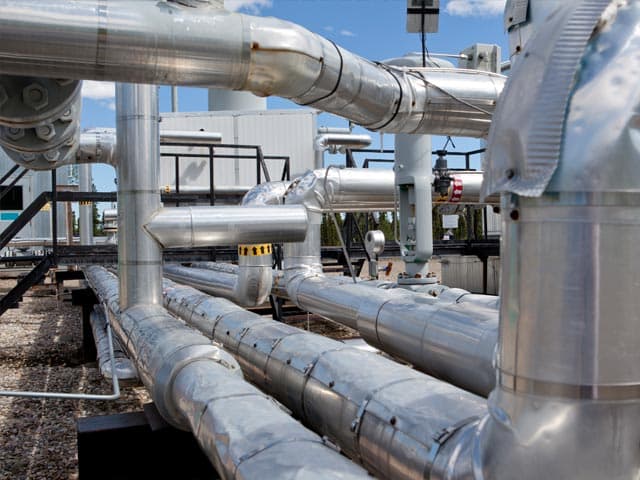IECEx and ATEX certification of non-electrical equipment
This article by Simon Barrowcliff explains how ISO/IEC 80079-36 and 80079-37 define certification requirements for non-electrical equipment used in explosive atmospheres. It highlights essential protection methods, helping ensure equipment safety and regulatory compliance in hazardous environments.
The IECEx is an international certification system that covers equipment that operates in any environment where there is a risk of explosion. Published last year, ISO/IEC 80079-36 and ISO/IEC 80079-37 meant that, for the first time, non-electrical equipment for use in explosive atmospheres can achieve IECEx certification.
IEC 80079-36 covers the basic method and requirements for non-electrical equipment. IEC 80079-37 covers non-electrical equipment for specific types of protection. These are:
- ‘constructional safety’ (“c”)
- ‘control of ignition sources’ (“b”)
- ‘liquid immersion’ (“k”)
Non-electrical equipment meeting the requirements of EN ISO 80079-36:2016 is marked with the Ex-marking code “h”. Non-electrical equipment meeting the requirements of EN ISO 80079-37:2016 supplemental to those of EN ISO 80079-36:2016 is also marked with the Ex-marking code “h”. The description of the type of protection, such as “c” for constructional safety, is provided in the instructions manual of the equipment.
The compliance route follows the same process that governs IECEx approval of electrical equipment. As well as a product assessment and the issuing of an IECEx Certificate of Conformity, a Quality Audit Report (IECEx QAR) is also required to demonstrate that the manufacturing process of such equipment is in line with the product approval. This means that multiple units can be manufactured without 100% inspection being required.
The IECEx operates alongside existing certification schemes such as the European ATEX product directive for hazardous location equipment. ATEX non-electrical certification has always been part of ATEX Certification but certification could be ‘self-certified’ (with the file lodged with a Notified Body). This meant that there was little control as to the depth and accuracy of the assessment.
For all ATEX Categories (zones) the manufacturer of the equipment must now conduct a risk assessment and create a ‘Technical File’ to comply with the Directive and to then be able to CE Mark the equipment.
A Notified Body must do the assessment for Category 1. The manufacturer may do the assessment themselves for Category 2 but must ‘lodge’ the Technical File with a Notified Body. For Category 3 the manufacturer may hold the Technical File internally.
Under IECEx, no self-certification is permitted with Test and Certification always conducted by an IECEx Certified Body.
As a Notified Body (NB) for the ATEX Directive, an IECEx Testing Laboratory (ExTL) and an IECEx Certification Body (ExCB), Element is able to issue IECEx non-electrical certificates. Qualified in both ATEX and IECEx systems, our engaged experts can help construct a single test certification programme that accommodates any additional testing.
If you would like to know more about the certification process of non-electrical equipment and the opportunities that ATEX and IECEx approval brings, please contact us or call UK +44 808 234 1667 or US +1 888 786 7555.
Related Services

Explosive Atmosphere Testing and Certification
Element ensures your products comply with global explosive atmosphere testing regulations, including Global IECEx certification, ATEX certification for Europe, UKEX for United Kingdom, HazLoc certification for North America & DSEAR in the UK.

IECEE CB Scheme Testing and Certification
Element provides manufacturers with simplified and streamlined testing and certification under the IECEE CB Scheme, ensuring fast and cost-effective global market access across more than 50 countries. With over 20 years of experience and state-of-the-art laboratories, we help your products meet the highest international safety standards.


